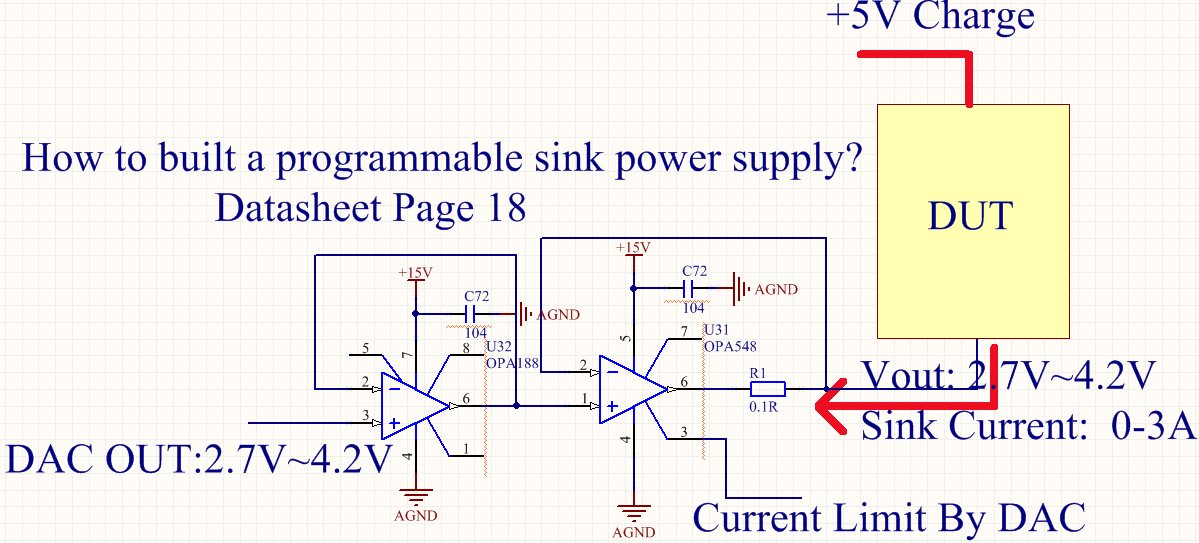Other Parts Discussed in Thread: OPA548, OPA188
Dear;
About the "PROGRAMMABLE POWER SUPPLY" of OPA549 datasheet Page12. I am not sure about the sink power supply, could you please describe it in detail? Does it mean that if the load connected the output could be also source and caused the output higher than OPA549, so this means the sink, but the Ilim function of OPA549 could keep its output constant. I am not sure if my understanding is right or not.
Best regards
Kailyn


